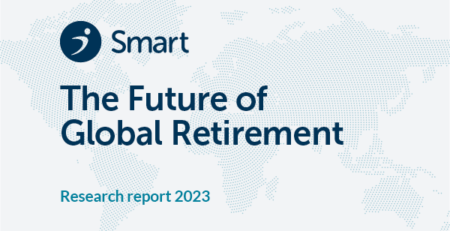Active vs. Passive Decisions and Crowdout in Retirement Savings Accounts: Evidence from Denmark
By Raj Chetty, John N. Friedman, Soren Leth-Petersen, Torben Nielsen, Tore Olsen
Using 41 million observations on savings for the population of Denmark, we show that the impacts of retirement savings policies on wealth accumulation depend on whether they change savings rates by active or passive choice. Subsidies for retirement accounts, which rely upon individuals to take an action to raise savings, primarily induce individuals to shift assets from taxable accounts to retirement accounts. We estimate that each $1 of government expenditure on subsidies increases total saving by only 1 cent. In contrast, policies that raise retirement contributions if individuals take no action – such as automatic employer contributions to retirement accounts – increase wealth accumulation substantially. We estimate that approximately 15% of individuals are “active savers” who respond to tax subsidies primarily by shifting assets across accounts. 85% of individuals are “passive savers” who are unresponsive to subsidies but are instead heavily influenced by automatic contributions made on their behalf. Active savers tend to be wealthier and more financially sophisticated. We conclude that automatic contributions are more effective at increasing savings rates than subsidies for three reasons: (1) subsidies induce relatively few individuals to respond, (2) they generate substantial crowd-out conditional on response, and (3) they do not increase the savings of passive individuals, who are least prepared for retirement.
Get the book HERE!










